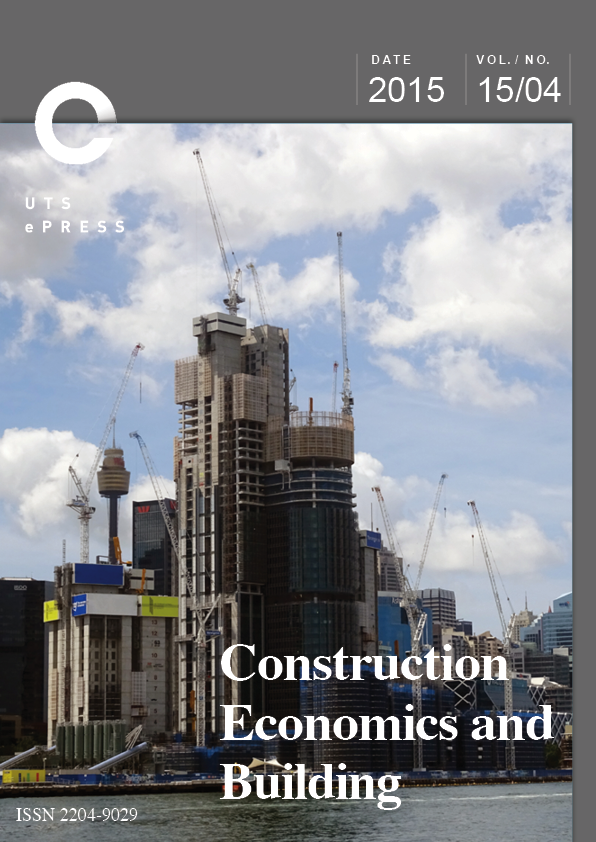The New Zealand Construction Contracts Amendment Act 2015 - For Better or Worse?
Main Article Content
Abstract
Adjudication has been statutorily introduced as an alternative dispute resolution method in 14 jurisdictions including New Zealand. Whilst adjudication under the New Zealand Construction Contracts Act 2002 has been hailed a success, further refinements were proposed in the Construction Contracts Amendment Bill first published in 2013. As part of the legislative process, 48 submissions were made to the Commerce Committee. There was general support for most of the amendments, but some parties expressed concerns on some of the changes. A documentary analysis of the Amendment Bills and submissions to the Commerce Committee was made to critically evaluate the changes proposed and establish if they were improvements. The findings show the major changes proposed include (i) removing most of the distinctions between the treatment of residential and commercial contracts under the Act, (ii) extending the scope of the Act to apply to contracts for certain professional services, (iii) removing the distinction between enforcement of payment determinations and of those relating to rights and obligations, and (iv) making the enforcement process more efficient. The findings also show that during a period of over two years from when the Bill was first introduced in January 2013, one other significant improvement for retentions to be held in trust was made. A few proposals to further refine the Bill such as the suggestion to mandate retentions to be kepts in a separate trust account were however not accepted. The Construction Contract Amendment Bill (Bill 97-3) was uninanimously passed during the third and final reading in Parliament on 20 October 2015 with most of the amendments coming into force on 1 December 2015, those incorporating professional services on 1 September 2016, and the retention provisions on 31 March 2017. Royal assent was given on 11 October 2015 leading to the enactment of the Construction Contracts Amendment Act 2015.
Article Details
Section
Authors who publish with this journal agree to the following terms:
a) Authors retain copyright and grant the journal right of first publication with the work simultaneously licensed under a Creative Commons Attribution License that allows others to share and adapt the work with an acknowledgement of the work's authorship and initial publication in this journal.
b) Authors are able to enter into separate, additional contractual arrangements for the non-exclusive distribution of the journal's published version of the work (e.g., post it to an institutional repository or publish it in a book), with an acknowledgement of its initial publication in this journal.
c) Authors are permitted and encouraged to post their work online (e.g., in institutional repositories or on their website) prior to and during the submission process, as it can lead to productive exchanges, as well as earlier and greater citation of published work (See The Open Access Citation Advantage Service). Where authors include such a work in an institutional repository or on their website (ie. a copy of a work which has been published in a UTS ePRESS journal, or a pre-print or post-print version of that work), we request that they include a statement that acknowledges the UTS ePRESS publication including the name of the journal, the volume number and a web-link to the journal item.
d) Authors should be aware that the Creative Commons Attribution (CC-BY) License permits readers to share (copy and redistribute the work in any medium or format) and adapt (remix, transform, and build upon the work) for any purpose, even commercially, provided they also give appropriate credit to the work, provide a link to the license, and indicate if changes were made. They may do these things in any reasonable manner, but not in any way that suggests you or your publisher endorses their use.
